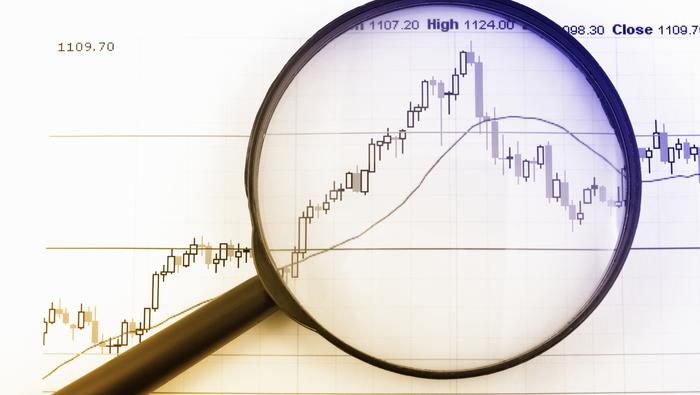


By nature, I am a more quantitative and risk adverse person. That can be helpful in approaching markets such as evaluating situations and setups from a probabilistic perspective - nothing in markets, as in life, is certain. With recognition that my analysis may not pan out, I spend more time contemplating the entire scope of a trade beforehand, especially the conviction necessary for entry as well as a practical exit when the scenario has not materialized. Then again, there can also be detriments to these personality traits when the need to reduce risk draws on a solution of meticulous planning.
A good plan is absolutely essential when you intend to invest in or trade the markets. However, there is a limit to the amount of risk you can practically mitigate even when employing the most complex or battle-tested strategies. Markets can often seem amorphous or irrational. I say ‘seem’ because the course that the market ultimately takes reflects the top priority to arise from the many competing themes and views that the masses deem relevant. To map out every twist and turn in the market’s course is impossible. Yet, that’s what I found my analytical brain attempting to do.
Without fully appreciating my slide into an OCD-like effort to engineer my way to the lowest possible risk profile, I was adding rules to my analysis and selection that covered new angles and aspects to market conditions. My process may not have included an exact 20 criteria to qualify as appealing, but there were rules that I applied consistently without having them fully written out which would have gotten me very close. If you 20 different factors of generally distinct analysis that need to be met before pursuing an opportunity, how many do you think will actually make it through the gauntlet? Very few – even for those covering many markets like myself.
Now, while I didn’t need to have every single one of my criteria (listed or not) confirmed before diving into the market this past year, it was clear I was taking comfort in pushing the necessary risk associated with general uncertainty onto the credibility of the strategy. Relying on the strategy is better than navigating on pure discretion (unless you are so experienced that the rules are simply second nature), but it is important to always accept the ever-present element of risk that any position will lose money. Without that appreciation, many will continuously tear down good strategies in pursuit of the impossible perfect strategy.
As I head into my 22nd year of trading, I am consolidating my approach to certain foundational essentials (according to my own analytical approach). There are three dominant criteria through which I process: market conditions, fundamentals and technical. All three need to support the view or it isn’t a position I will consider. ‘Market conditions’ for many is simply ignored or folded into other analysis types, but it considers among other things: general liquidity, volatility and correlation which can supersede more ‘normal’ analysis techniques. For example, I wouldn’t want to jump into a multi-week trade that would be expected to cover a sizable range if the backdrop were very low volatility and a high probability liquidity drain (as with holiday conditions).
After evaluating the backdrop market condition, I then process fundamentals and technicals according to the time frame that seems feasible. If markets are generally quiet (in participation and activity levels), then a shorter-term perspective would increase the emphasis on scheduled event risk over the time frame I’m contemplating while technical barriers (trendlines, chart patterns, indicators, etc) will carry greater weight. Alternatively, if the markets are more active, my focus shifts to systemic themes (economic forecasts, interest rate trends, etc) as my technical focus is on breakouts and trends.
There is the possibility of applying a lot of nuance around rules for these different broader strategy components according to the situation, one’s experience or appetites – and I know I will find my need for risk mitigation and penchant for creating strategy leaning this way eventually. But I will make a concerted effort moving forward to concentration on the core concepts and of the market and accept the aspect of uncertainty that cannot be analyzed away.




